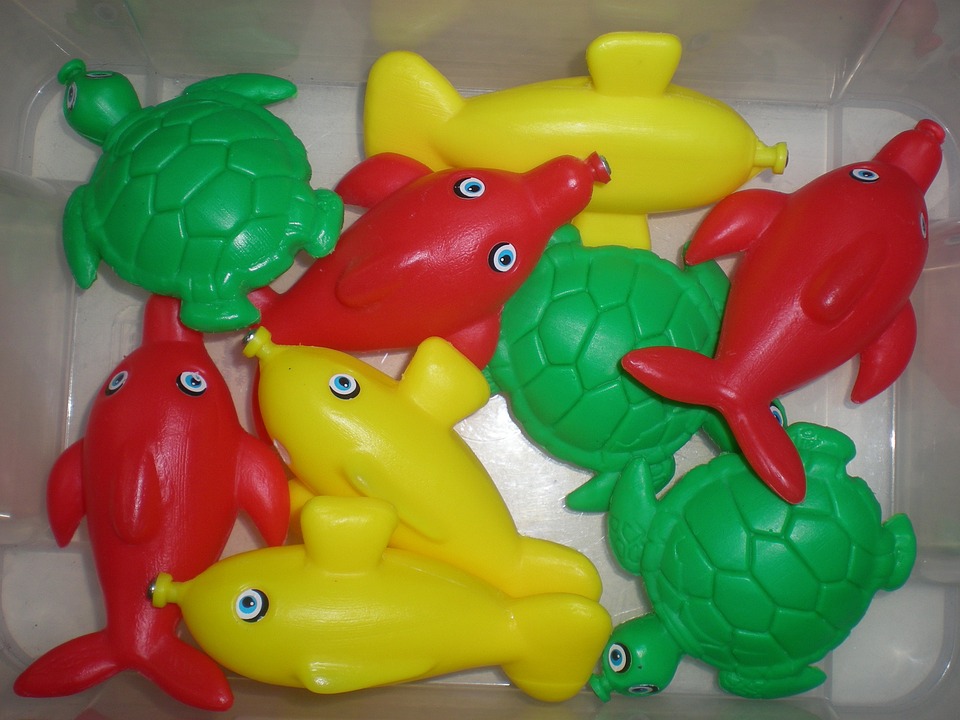Algae growth is a common problem for fish tank owners, but with proper care and maintenance, it can be easily controlled and prevented. This article provides a beginner’s guide to fish tank algae control, offering effective methods to keep your tank sparkling clean and your fish healthy.
Before diving into algae control methods, it’s important to understand what algae is and the factors that contribute to its growth. Algae are simple, plant-like organisms that thrive in water. They can appear as green, brown, red, or even black growth on tank surfaces, decorations, and the glass itself.
Algae growth is primarily caused by three factors: light, nutrients, and carbon dioxide (CO2). Algae require light for photosynthesis, so excessive or prolonged exposure to light can trigger rapid growth. Nutrients such as nitrates and phosphates, which are naturally present in fish waste and excess fish food, act as fuel for algae growth. Poor water quality and overfeeding can contribute to excessive nutrient levels. Algae also thrive in the presence of excess CO2, which can occur due to poor tank maintenance or overcrowding.
Now let’s explore some effective methods to control and prevent algae in your fish tank.
1. Lighting Management: Proper lighting management is crucial for algae control. Use a timer to ensure consistent lighting duration, typically 8-10 hours per day. Position the tank away from direct sunlight, as it can promote algae growth. Consider using LED lights with adjustable intensity and color spectrum to mimic natural lighting conditions.
2. Water Quality Maintenance: Maintaining optimal water quality is essential in algae control. Test water regularly to monitor nitrate and phosphate levels. Perform regular water changes, typically 10-15% every week, to dilute excess nutrients. Avoid overfeeding your fish, as uneaten food adds to nutrient levels.
3. Proper Filtration: A well-functioning filtration system plays a vital role in algae control. Choose a filter suitable for your tank size and make sure it is properly maintained. Clean or replace filter media regularly to prevent clogging and maintain efficient filtration. Consider adding an algae-specific filter media, like activated carbon or phosphate remover, to reduce nutrient levels.
4. Live Plants: Introducing live aquatic plants to your fish tank can help combat algae growth. These plants absorb excess nutrients, compete with algae for resources, and release oxygen into the water. Choose algae-resistant plants such as Anubias, Java Moss, or Hornwort.
5. Algae Scrubbing and Manual Removal: Regularly clean your tank to remove visible algae. Use an algae scrubber or a soft brush to gently scrub off algae from tank surfaces, decorations, and glass. Perform partial water changes after scrubbing to remove any dislodged algae particles.
6. Algae-Eating Fish and Invertebrates: Certain fish and invertebrates consume algae, providing a natural solution to control its growth. Examples include Siamese algae eaters, Otocinclus catfish, Amano shrimp, and Nerite snails. However, ensure that these species are compatible with your existing fish and tank conditions.
In addition to these methods, it’s important to regularly maintain your fish tank by performing partial water changes, cleaning tank surfaces and decorations, and maintaining your filter system. Consistency in maintenance is key to achieving long-term success in algae control.
To address common questions, here are some FAQs:
Q1. Can algae be completely eliminated from a fish tank?
While complete elimination of algae is challenging, proper algae control measures can significantly reduce its growth and keep it at manageable levels.
Q2. Is algae harmful to fish?
In moderate amounts, algae is generally harmless. However, excessive algae growth can deplete oxygen levels, block light, and lead to poor water quality, potentially stressing or harming fish.
Q3. How often should I clean my fish tank?
Regular maintenance is crucial. Perform partial water changes every week, clean the tank surfaces and decorations as needed, and maintain your filter system regularly.
Q4. Can I use chemical algae control products?
Chemical algae control products, such as algaecides, should be used cautiously and as a last resort. Improper use can harm fish and disrupt the tank’s delicate ecosystem. Consult with an expert or your local aquarium store for suitable products and guidance.
By following these algae control methods and maintaining a healthy fish tank environment, you can enjoy the beauty of your aquatic pets without the nuisance of excessive algae growth. Happy fishkeeping!









